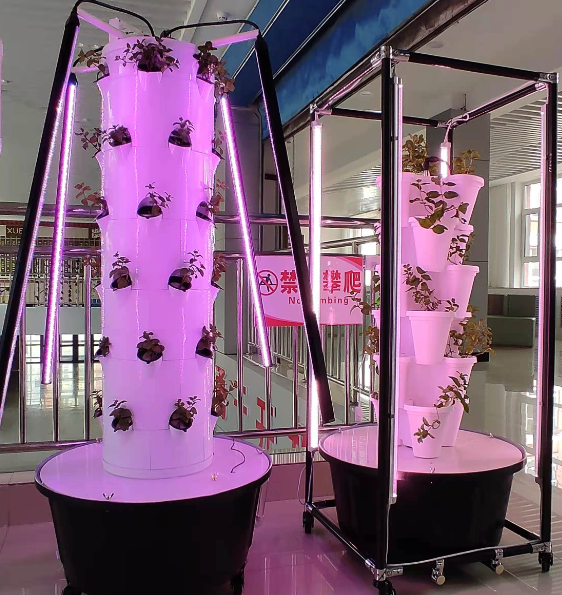

聯系電(diàn)話(huà)(微(wēi)信同步)
+86 187 4315 9877
+86 0431 83529333
聯系QQ
36173712
源食種植
Source foods cultivation
聯系我們 CONTACT US

地(dì) 址:吉林(lín)省農(nóng)安縣伏龍泉鎮大地(dì)家(jiā)園B棟
電(diàn) 話(huà):0431-83529333 18743159877
傳 真:0431-83529333
Q Q :36173712
郵 箱:info@sfgrow.com
熱線電(diàn)話(huà)
83529333

Home hydroponics offers an efficient and sustainable way to grow plants, but like any gardening endeavor, it comes with associated resource costs. However, by implementing some smart practices, you can reduce these costs and make your home hydroponic garden more economically and environmentally friendly. Here are some tips on how to do it:
1. Energy-Efficient Lighting:
One of the major resource costs in home hydroponics is the electricity required for grow lights. To reduce this cost:
Choose LED Grow Lights: LED lights are energy-efficient and produce the right spectrum of light for plant growth. They may cost more upfront but will save you money in the long run due to lower electricity consumption.
Use Timers: Set up timers to control your grow lights, ensuring they're on only when needed. Most plants require about 12-16 hours of light per day.
2. Water Conservation:
Water is another critical resource in hydroponics. To minimize water usage:
Recirculating Systems: Opt for recirculating hydroponic systems that collect and reuse water, reducing water wastage.
Monitor and Adjust pH and EC: Regularly check and adjust the pH and electrical conductivity (EC) of your nutrient solution to prevent wasteful nutrient runoff.
Drip Irrigation: Drip systems deliver water directly to the plant roots, reducing water loss through evaporation.
3. Nutrient Management:
Efficient nutrient use is essential for plant health and resource conservation:
Proper Mix and Management: Follow recommended guidelines for nutrient mix and management to prevent waste and nutrient imbalances.
Nutrient Film Technique (NFT): This technique uses a thin film of nutrient solution to minimize nutrient use while providing plants with what they need.
4. Sustainable Practices:
Rainwater Harvesting: If possible, collect and use rainwater for your hydroponic system. It's a free and sustainable water source.
Companion Planting: Some plant combinations can reduce water and nutrient requirements, as certain plants help retain moisture and provide shade to others.
Mulching: Use mulch materials like grow stones or hydroton to reduce water evaporation and maintain consistent moisture levels around plant roots.
5. Energy-Efficient Equipment:
Invest in Energy-Efficient Pumps and Fans: Choose hydroponic equipment, like pumps and fans, that are designed to be energy-efficient.
6. Regular Maintenance:
Cleanliness: Keep your system clean and free from debris to ensure it operates efficiently.
Monitoring: Regularly check for any issues in your hydroponic system, such as leaks, clogs, or equipment malfunctions, to address them promptly.
7. Space Utilization:
Vertical Gardening: Consider vertical hydroponic systems, which maximize space utilization and can reduce the overall footprint of your garden.